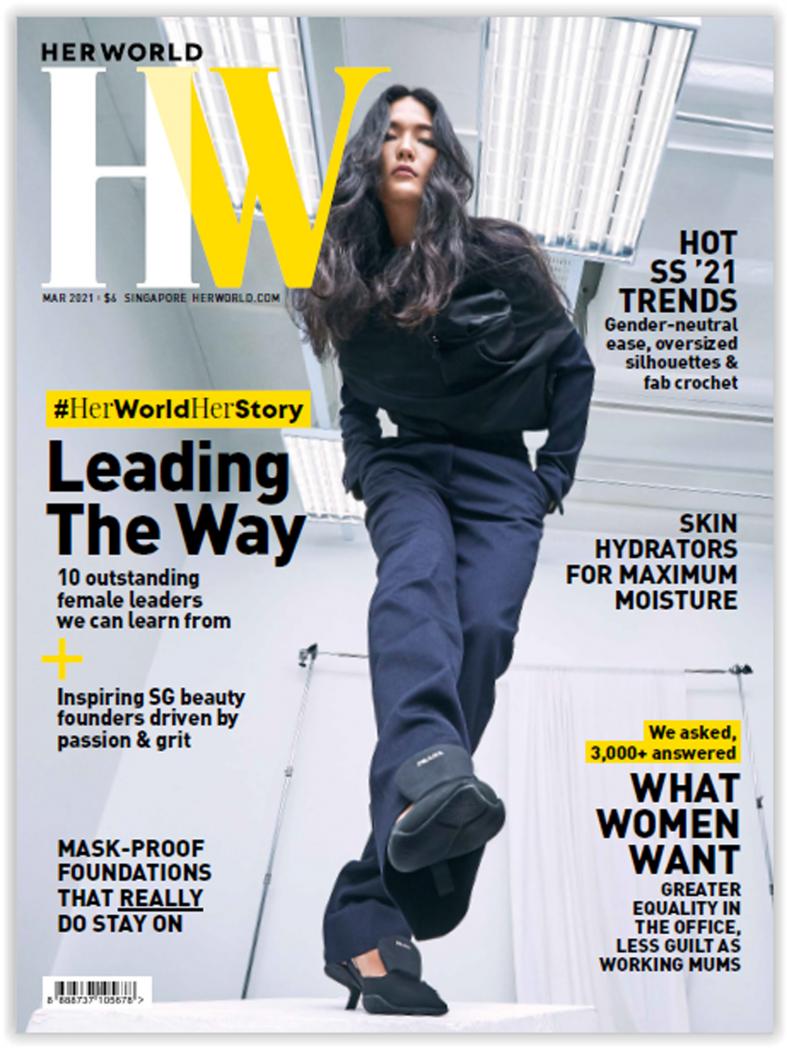Health and wellness trends that everyone’s adopting
This year demands a re-prioritisation of self-care, which will require new ways of safeguarding your well-being
As we pivoted towards working remotely and restricted our movements and social interactions while navigating a new normal filled with face mask, hand sanitiser and social distancing, we have emerged with a new-found respect for simple liberties - and an appreciation for a clean bill of health.
Whether you are a weekend warrior or a wellness enthusiast, these are some likely ways in which you will be amping up your well-being this year.
Meditation is the new Hiit (high-intensity interval training)
It is not enough to push your body's limit, building mental resilience is just as important.
Meditation, once a niche practice, has gone mainstream. Trendy apps such as Calm and Headspace come with curated playlists and guided sessions to help process your emotions.
For experienced practitioners, a deeper exploration of breathwork techniques (check out the Breathwork Biohacker, a form of therapy that involves breathing in a conscious, systematic way) and the effects of oxygen on one's mental state will prove enlightening.
If you are just getting started, settle back and binge-watch season one of Headspace Guide To Meditation or A World Of Calm and explore what works for you.
You will be popping new pills
Aside from looking to vitamins to boost immune health, we will be supplementing to strengthen our bodies and add to our nutritional intake.
Expect to see a rise in consumption of supplements such as vitamins C, B12 and D, plus iron, calcium, fish oil and traditional Chinese medicine tonics.
Personalised nutrition is also on the rise, along with an increased demand for practitioner-grade supplements from BioG Microtabs, The Nutrition Clinic and NutriVital Health that are made with higher-grade raw ingredients and are more quickly absorbed by the body.
If you are already consuming a probiotic, you might add a postbiotic to the mix.
The by-products of the fermentation process carried out by probiotics in the intestine, postbiotics are found naturally in fermented foods such as tempeh, kefir, yogurt, kimchi and sauerkraut.
If you prefer it in capsule form, look for the words "lactobacillus plantarum".
You will care more about your peepers
With increasing screen time, our eyes have never been this overworked.
Think blurred work boundaries, Netflix and Disney+ binging, mobile banking and 101 other apps we now need to get up to date with.
The inevitable eye strain will lead to more of us owning blue light-blocking glasses or seeking help for dry eyes, worsening myopia and related eye conditions.
Eye drops, eye creams and eye massages will see a surge in demand, along with increased consumption of foods rich in vitamin A (leafy greens and bell peppers) and vitamin E (salmon and avocado) to aid eye health.
Self-medication and tele- medicine will be on your list
Lockdown measures and the spotlight on public hygiene have spurred the growth of telemedicine for non-life-threatening conditions such as eye infections, skin conditions and urinary tract infections.
From consultation to doorstep drug delivery and specialised Covid advisory clinics, companies such as Doctor Anywhere and Speedoc provide everything from video consultations, e-mail medical certificates and specialist referrals, all without requiring a physical visit to a clinic.
For better or worse, self-medication is also on the rise, as many people try to minimise visits to the doctor. Instead, more are turning to pharmacies for non-prescription drugs and pain relief medications to treat simple ailments.
Hand hygiene gets luxe
Aside from having a ready stash of hand sanitisers and moisturising hand creams, there will be a rise in the use of UV light wands to pre-sanitise items such as electronics, doorknobs and jewellery.
And because our lives deserve little jolts of joy, we will add indulgent hand washes such as Tiong Bahru Bakery's Brioche-inspired hand wash to the mix, so the daily germ-zapping experience feels a little less clinical and a lot more pampering.
You will level up health and fitness tracking
As we adopt a more personalised approach to health and fitness, we embrace fitness wearables beyond the Apple Watch.
There is the Oura Ring to keep track of one's activity, the Lumen metabolism tracker that checks if your body is using fat or carbs for energy, and meditation headbands such as the Muse 2 that track and respond to brain activity, heart rate, body movements and breathing to guide your wandering mind to a calm and focused state.
Even Garmin has introduced women's health tracking functions, such as menstrual health tracking and pregnancy tracking, that lets you log your symptoms and view your health and fitness stats at a glance.
Home fitness gets more personal
There is now a range of sleek, smart tech options such as The Mirror, Tonal and Peloton and portable solutions such as the Pilates Wheel to add to the home space and extend any workout routine.
Beyond YouTube videos, online workouts have been taken to new heights with the rise of virtual reality workouts and online subscription-based classes offered by well-loved gyms previously known for their physical fitness spaces.
Some of our favourites include Barry's At-Home (Hiit), The Sculpt Society (dance cardio), Physique 57 (barre), SaltDrop (plyometrics yoga) and Ritual Fit (Hiit).
Recovery will be key
High-tech gadgets are helping to quicken post-workout recovery by reducing inflammation and increasing blood flow.
Where pro-tools like a high torque massager was once available only at a physiotherapist's office, now there are at-home options such as Hydragun and Hyperice.
Equally helpful are red light therapy devices to treat muscle and tissue repair and infrared sauna blankets to increase blood flow and reduce muscular fatigue.

This article was first published in Her World Online (www.HerWorld.com)
Get The New Paper on your phone with the free TNP app. Download from the Apple App Store or Google Play Store now


